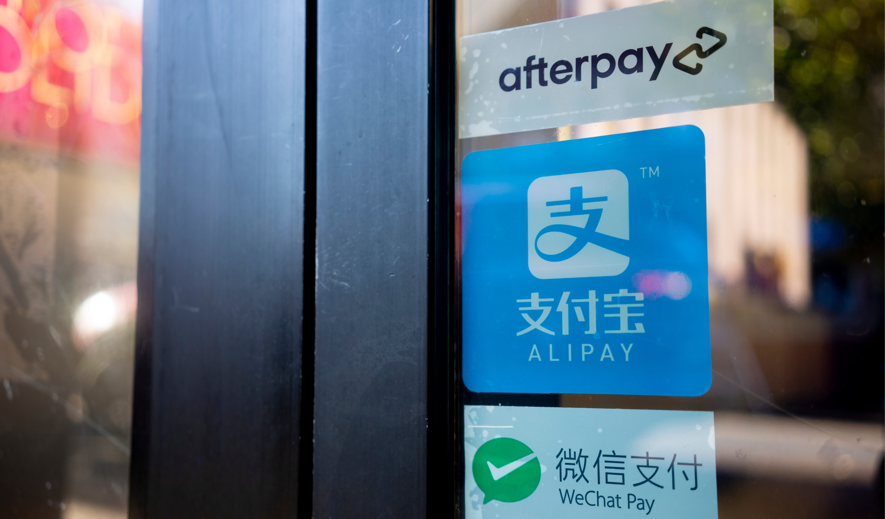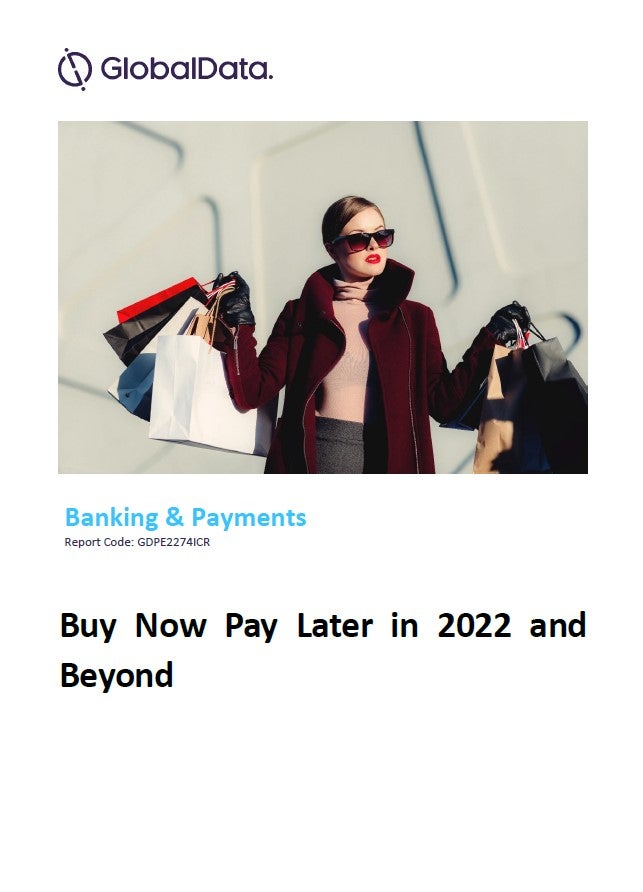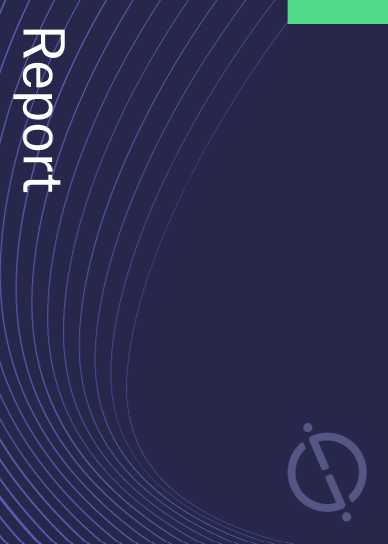The BNPL sector exploits a loophole in the credit acts in Australia as the Australian National Consumer Credit Protection Act 2009 does not apply to certain loans, including low-cost short-term credit less than 62 days, reports Douglas Blakey
BNPL is effectively unregulated lending in Australia with ASIC and the RBA declining to act. As a result, BNPL apps have no legal requirement to offer hardship programmes or register with a dispute resolution scheme, like the Australian Financial Complaints Authority.
Moreover, the RBA has not required BNPL apps to comply with its no surcharge rule, which all other payment providers must comply with.
Grant Halverson, CEO of consultants McLean Roches, tells RBI: “BNPL merchant contracts force no surcharging of consumers thus avoiding a 3-6% surcharge on all sales.
“At its core BNPL is a simple concept. A A$100 purchase earns A$4 in merchant revenue with late fees the other key revenue source. When consumers make a A$100 purchase, in most cases A$25 is required upfront and then three interest free instalments of A$25 are paid over 6 weeks. Many BNPL apps are blended providers, also offering loans, lines of credit and fixed instalment loans – yet all fintech players are unregulated. Since when is offering up to $20,000 loan or credit line not lending?”
BNPL scale or lack of scale-and has BNPL growth peaked?
Halverson notes that BNPL sales as of 30 June 2021 amounted to A $11.4bn with 5.2 million active accounts in Australia. Total annual retail consumer payments in Australia total A$1.65trn. RBA figures bring out BNPL representing a mere 1.7% of debit, prepaid, credit and charge card spend. Specifically, in Australia 71.1 million cards amount to annual spend of A$741m. This excludes A$62bn of Commercial/Corp Cards expenditure.
How well do you really know your competitors?
Access the most comprehensive Company Profiles on the market, powered by GlobalData. Save hours of research. Gain competitive edge.

Thank you!
Your download email will arrive shortly
Not ready to buy yet? Download a free sample
We are confident about the unique quality of our Company Profiles. However, we want you to make the most beneficial decision for your business, so we offer a free sample that you can download by submitting the below form
By GlobalDataSays Halverson: “The key question is how will 35 BNPL apps survive competing for 1.7% of card sales? The monthly BNPL spend per customer is low, at about A$96 to A$218.”
By RBA figures, this compares to charge card spend of A$2,425, credit cards of A$1,230 and debit card spend of A$806.
McLean Roche research also flags up the bad debt challenge facing the sector.
Halverson adds: “The Australian sector has average bad debts of 27% of revenue which is four times higher than European BNPL’s. BNPL fintechs do not use retail bank measures for bad debts, which use receivables as the key measure when applied to personal loans, credit cards or auto loans. BNPL instead use bad debts as a percent of sales, as this measure appears to lower bad debts.
BNPL: bad debts challenge and the biggest expense
“Yet bad debts are the largest single expense. Afterpay had bad debts/collection costs for fiscal 2021 of A$220.1m representing 26.7% of core revenue. Afterpay’s accumulated bad debts since 2014 total A$433.9m or 25.6% of revenues.”
Amex has twice the sales of the entire BNPL sector but 15 times less bad debts than BNPL in Australia. This surely shows the massive credit risks BNPL is taking. Yet the BNPL sector remains unregulated and totally unprofitable.”
ASICs own research highlights key issues around young consumers over spending, buying items they don’t need and cannot afford. Reports in 2018 and 2020 highlight key issues: 44% of users earn less than A$40,000, one in five users are missing payments, 20% of users are cutting back on essentials because of over commitment and 15% sort additional loans to pay off BNPL debits.
Australian regulation and BNPL spin
Halverson concludes: “These reports and a mountain of other research have failed to move politicians and regulators, who prefer the BNPL spin that these products cause no harm and indeed greatly assist young consumers avoid ‘nasty’ things like personal loans or credit cards.
“A key issue with unregulated lending is the number of young consumers (mostly young women) who are now having their credit ratings impacted. UBS estimates 9% or 450,000 consumers have defaulted on Afterpay loans in just 3 years in Australia. In the UK the regulator announced in 2020 it plans to regulate on BNPL payments. The FCA argues that BNPL payment options urge consumers to spend more than they can afford. The UK BNPL volume is half Australia’s which highlights the different approach to consumer welfare and regulation.”







